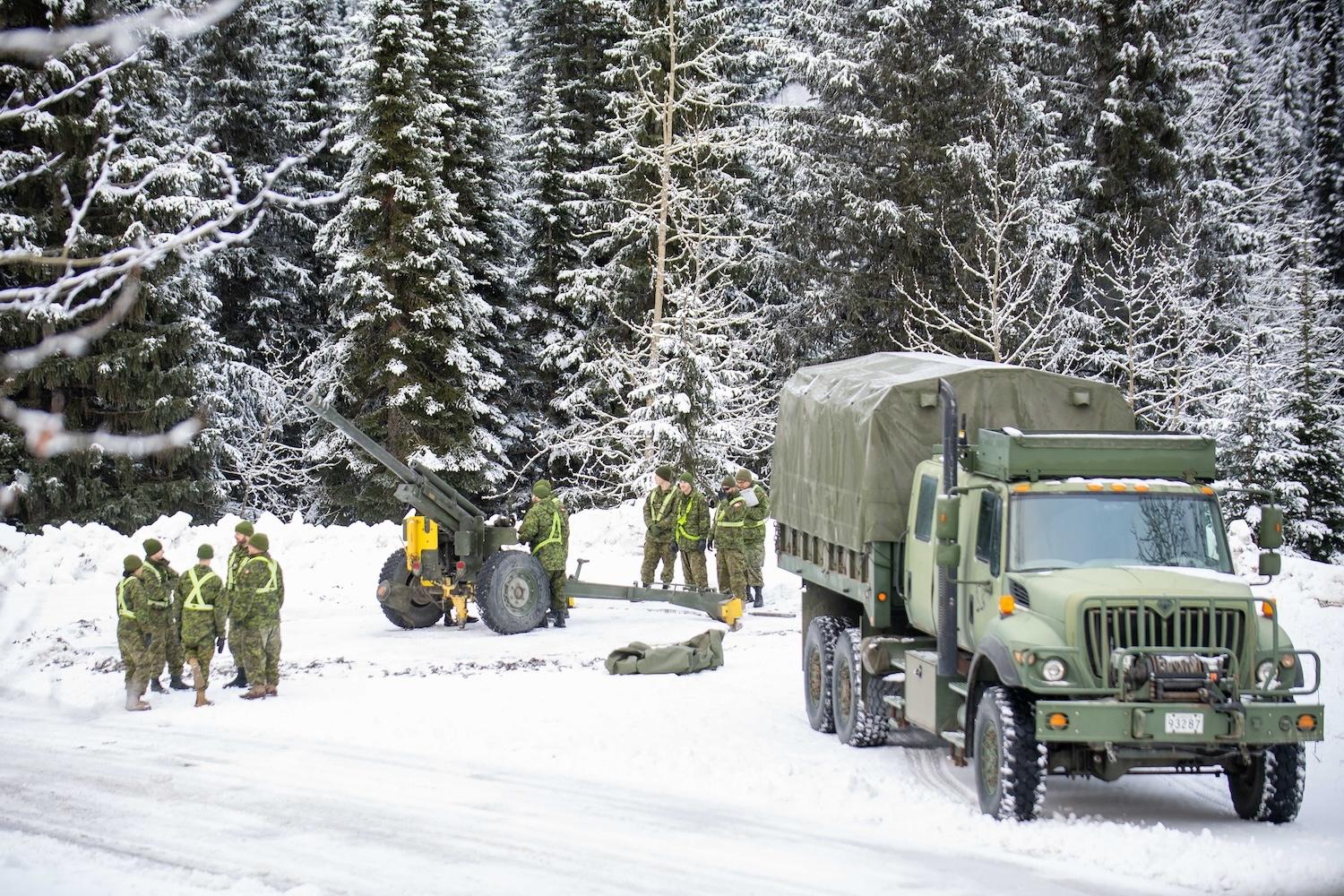
Each winter in Glacier National Park, Parks Canada and the Canadian Armed Forces team up to release avalanches in a controlled manner before they become a threat to the transportation corridor that includes the Trans-Canada Highway/Parks Canada
On a shoulder season road trip through the Kootenay Rockies region of British Columbia, I whirled through Glacier National Park and Yoho National Park in that awkward down time between fall and winter. But while there was just enough snow to make hiking treacherous, and not enough snow to do winter sports or take comfort in the knowledge that the grizzlies were hibernating, I was still able to explore with my camera in hand.
Here are five things that I learned.
1. The Army Helps With Avalanche Control
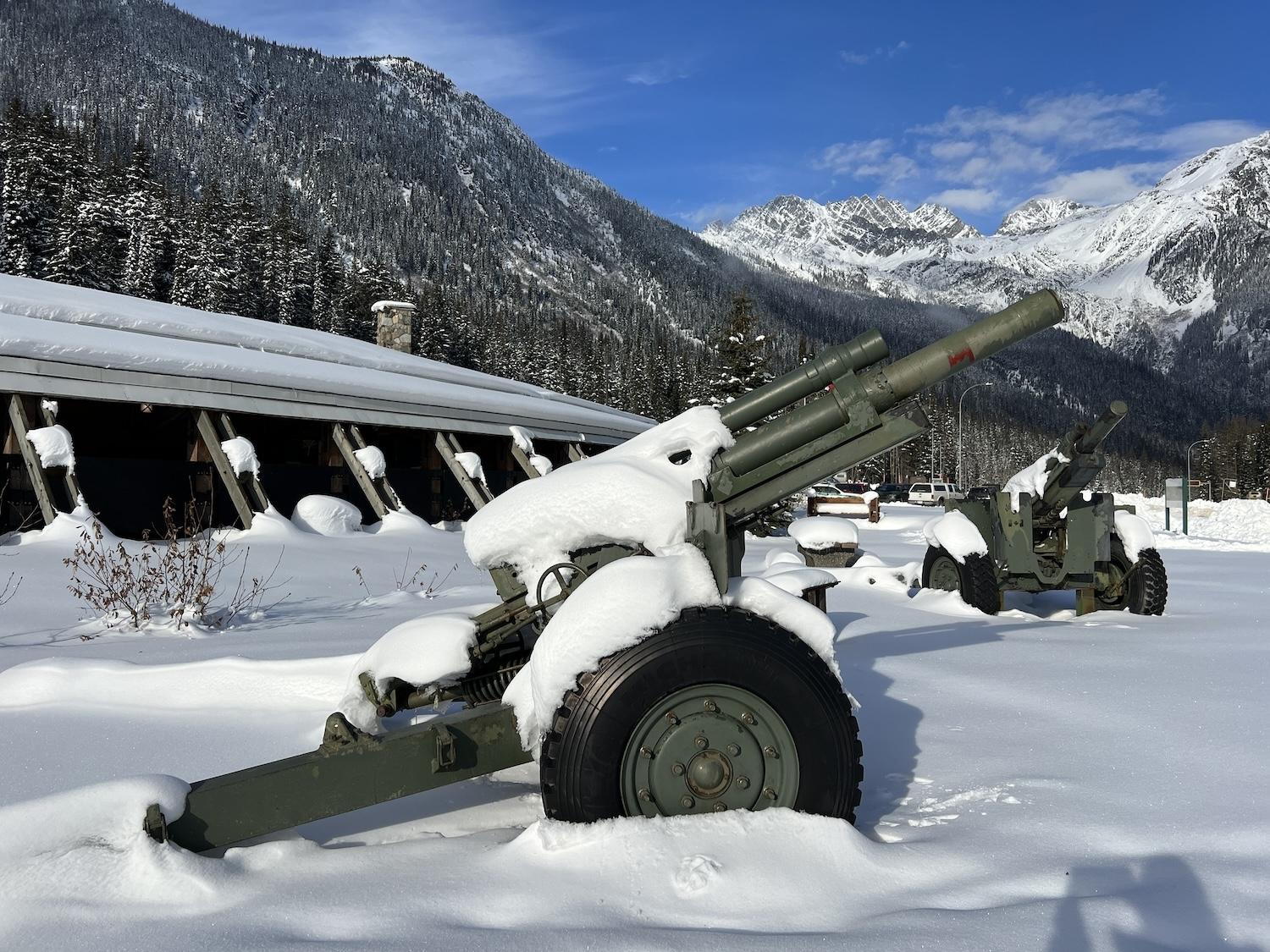
You can see these howitzers outside the Rogers Pass Discovery Centre in Glacier National Park/Jennifer Bain
"Large areas of Glacier National Park are CLOSED for avalanche control using EXPLOSIVES," signs warned. But on that November day that I passed through Glacier, I had just missed the annual “registration shoot" that ensures all the equipment is in good working order for avalanche control.
I learned that Parks Canada works with the Canadian Armed Forces to release avalanches in a controlled manner before they become a threat to a key transportation corridor. The 105 mm Howitzer is used to control avalanches using 270 pre-set targets on 134 slide paths that have the potential to hit the Trans-Canada Highway or Canadian Pacific Railway.
Under the direction of Parks Canada’s senior avalanche officer, the Royal Canadian Horse Artillery of the Canadian Armed Forces operate the Howitzer at one of 17 gun positions along highway. Each shell is fired at a known trigger zone high up the slide path, creating a shock wave that releases an avalanche. Avalanche officers watch and analyze the results, listening for the shell to explode and watching to see how much snow has avalanched down the mountain.
This program isn’t done for skier and snowboarder safety, it should be noted. Anyone traveling into avalanche terrain in the backcountry should have the skills and equipment to rescue themselves and must comply with the park's winter permit system.
2. Bronze Pants Help Explain The History of Mountaineering
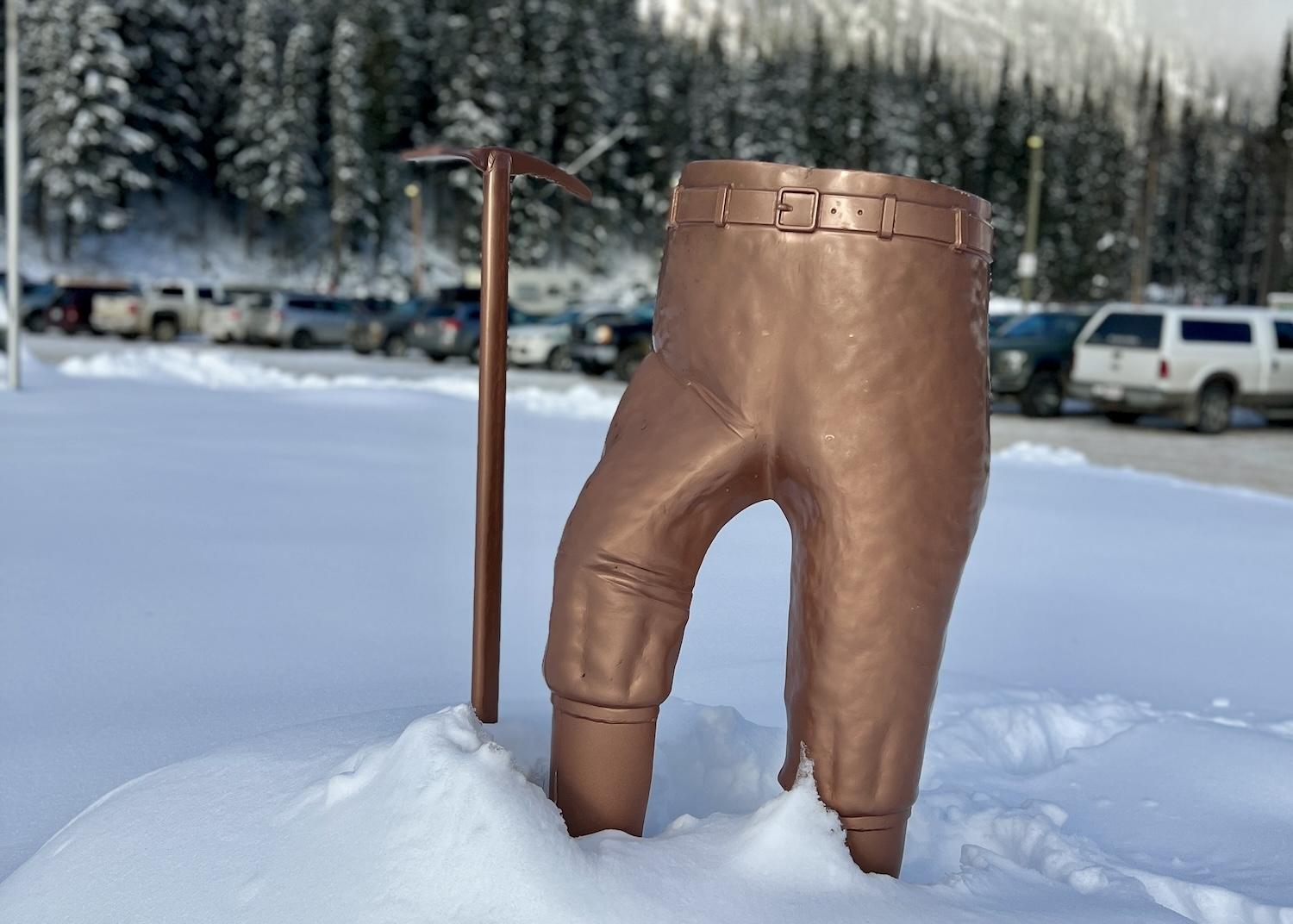
These bronze pants, by artist Rob Buchanan and called The Breeches of Miss Conduct, are outside the Rogers Pass Discovery Centre/Jennifer Bain
Outside the Rogers Pass Discovery Centre in Glacier National Park is an interactive statue by Revelstoke artist Rob Buchanan called The Breeches of Miss Conduct. People delight in standing behind the copper-colored steel pants to be photographed with a mountain backdrop as if they were about to go climbing with an ice axe.
The pants honor American mountaineer Georgia Engelhard who was the first female climber to ascend many of the peaks in the Canadian Rockies and was the leading female amateur climber of her day.
Glacier is the birthplace of sport mountaineering in Canada. In the late 1890s, the Canadian Pacific Railway hired Swiss mountain guides to work at its Glacier House hotel helping international visitors with mountain adventures. It was a time of “daring first ascents,” signage explains, but also the Victorian era when it wasn’t socially acceptable for women to wear breeches in public.
“The young women who strut about the street and dine in the hotels dressed in riding togs should be soundly spanked and sent to bed,” a 1920 article in the Banff Crag and Canyon newspaper declared. “Pants are made for men and not for women. Women are made for men and not for pants.”
Engelhard defied those social norms before dying in 1986 at the age of 79. The Rogers Pass Discovery Centre is part of Rogers Pass National Historic Site. I daytripped to it from the mountain town of Golden.
3. No Animals Were Harmed Making Park Displays
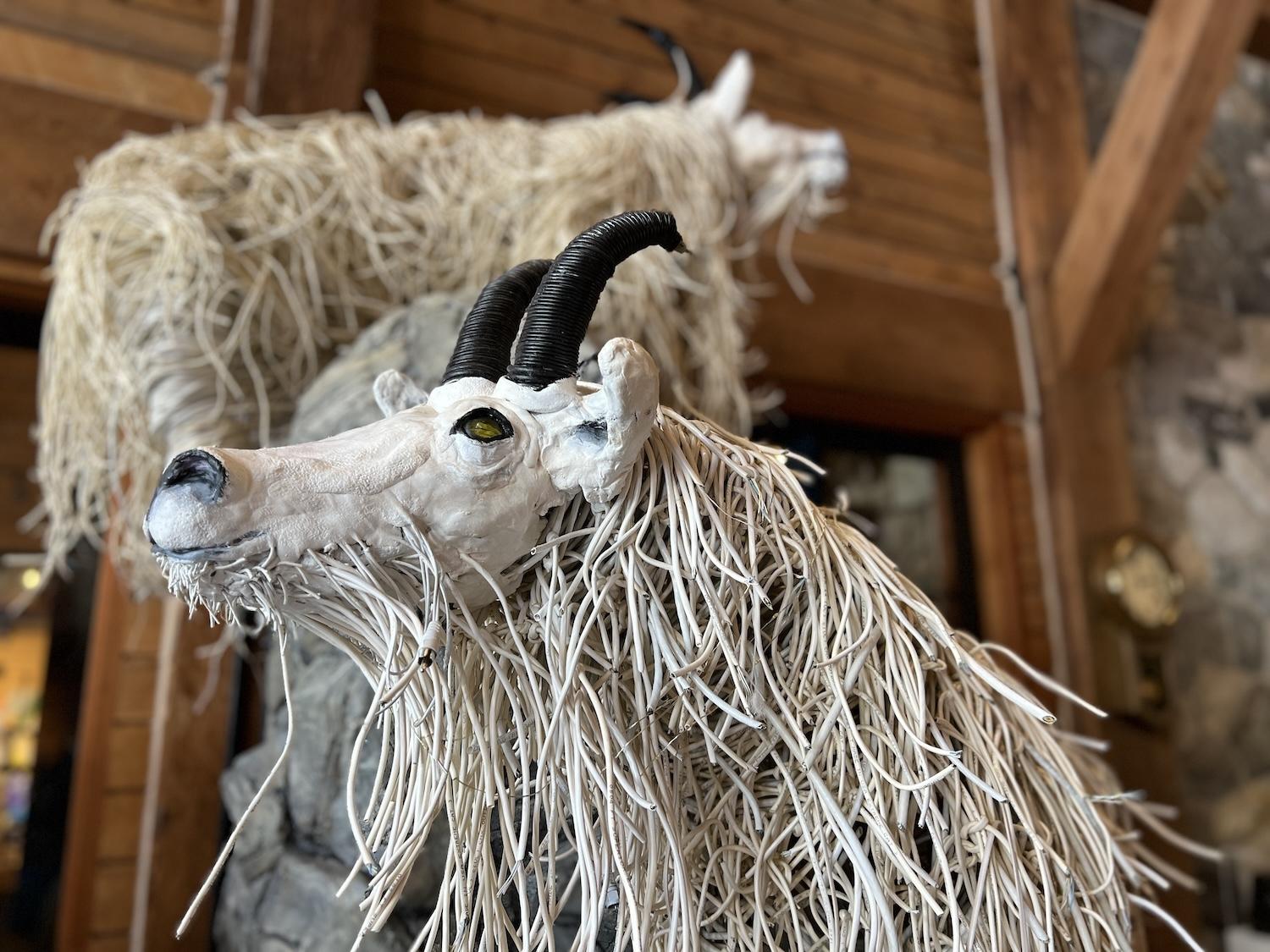
Revelstoke multimedia artist Zuzana Riha made the mountain goats on display in the Rogers Pass Discovery Centre out of recycled wire/Jennifer Bain
All of the mounted animals on display at the Rogers Pass Discovery Centre are from animals killed accidently — usually by vehicles on the busy highway — or that have been found dead of natural causes.
There were Westslope Cutthroat Trout, bull trout, bears, wolverines and caribou to admire and learn about. But the animal that stuck with me was the mountain goat that lives here in the most rugged and inhospitable parts of the Columbia Mountains to avoid predators.
"Mountain goats are continously threatened by falling rocks and avalanches," interpretive signs explained, "but the goats of Glacier National Park also face the unsual problem of avoiding avalanche control artillery fire. Remarkably, these herds persist, wintering just out of range of deadly shrapnel."
I didn't see any live mountain goats, but just inside the discovery center, there's a striking display of Revelstoke artist Zuzana Riha's mountain goats made of recycled wire.
4. Yoho Is Grappling With Whirling Disease
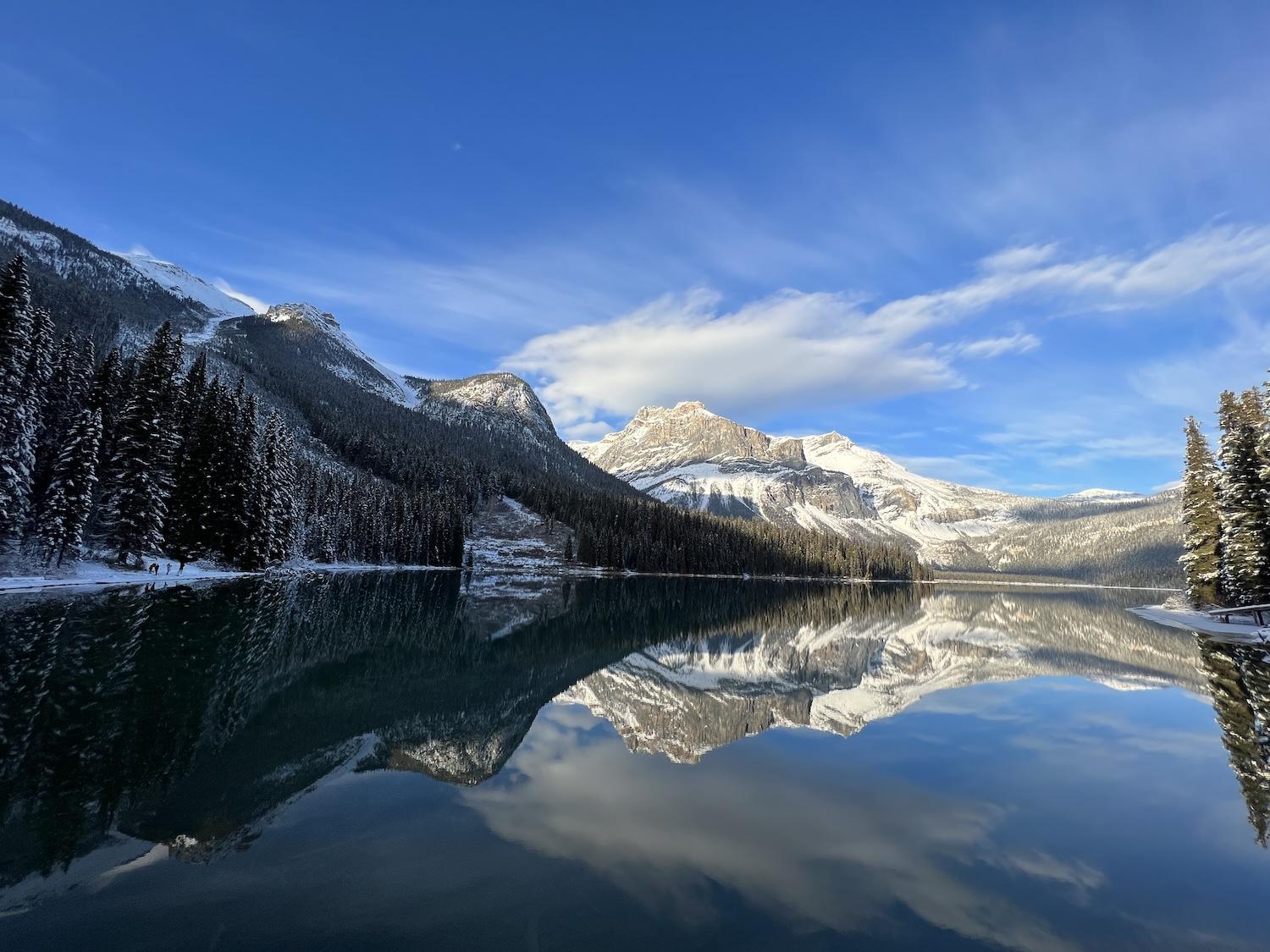
Beautiful Emerald Lake is one of the bodies of water in Yoho National Park that has been closed due to whirling disease/Jennifer Bain
With just a dusting of snow on the ground, I was able to hike the loop around Emerald Lake in Yoho National Park. There were plenty of signs warning me to stay away from the water and the shoreline to prevent the potential spread of whirling disease.
A suspected case of whirling disease was discovered Sept. 20 in the lake and Parks Canada soon closed all bodies of water in Yoho and Kootenay National Park at least until March 31 because of the microscopic parasite that causes the fatal disease in fish.
This disease isn’t a threat to people but once established it's nearly impossible to eradicate the parasite, which is a known aquatic invasive species. Locals and park lovers are bracing to hear what will happen next.
The Boathouse Trading Co. was allowed to continue renting canoes on Emerald Lake, since there was no risk of transmitting aquatic invasive species to other bodies of water. But when I stayed at Emerald Lake Lodge in November, canoeing was done for the season — and the lake hadn't frozen yet for snowshoeing and cross-country skiing — so I made do with hiking around it.
5. There's Always A Canada Jay Around
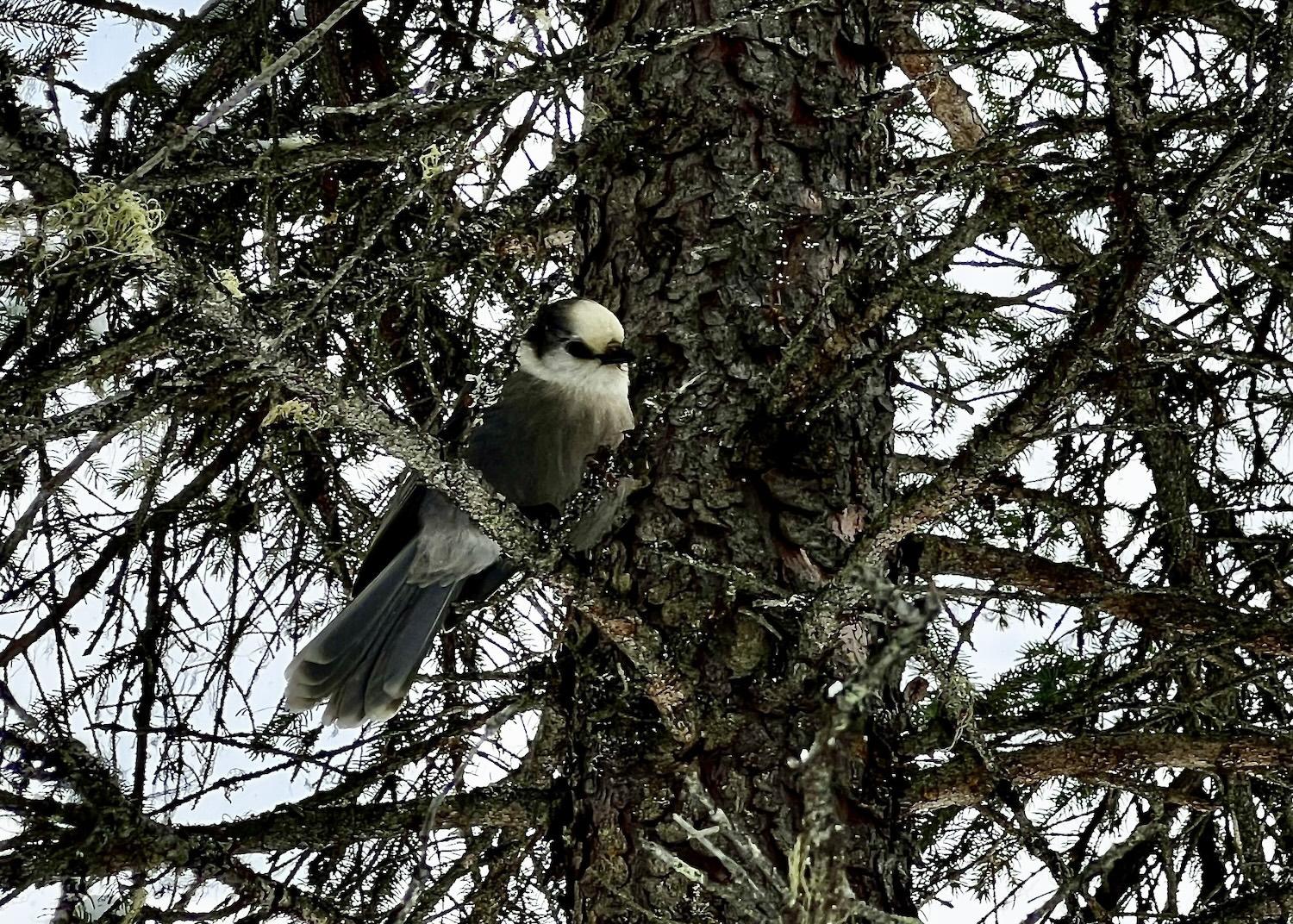
This Canada Jay was spotted on the trail around Emerald Lake in Yoho National Park/Jennifer Bain
For a blissful 90 minutes, I had Emerald Lake almost completely to myself as I walked its gentle, lakeshore trail taking in mountain and glacier views.
I spotted just four other people during that time and was seranaded by Canada Jays. All About Birds calls this noisy species "deceptively cute," noting that it's highly curious and always on the lookout for food. There was a failed attempt by the Royal Canadian Geographical Society in 2015 and 2016 to have it named Canada's national bird, but the American Ornithological Society voted in 2018 to change its name from Gray Jay to Canada Jay.
Indigenous Peoples considered Gray Jays teachers and messengers of the forest. The birds are found in all 10 provinces and all three territories. While they also live in parts of America, they adore Canada's boreal and mountain forests.
As I spent the last night of my road trip at Emerald Lake Lodge — in a cabin overlooking water that is vividly green because of powdered rock from glaciers — I could no longer hear the jays. Instead, I replayed the sound recording that I made of them in the Merlin Bird ID app. The bird app, along with iNaturalist — where you can play citizen scientist by sharing observations and getting identification help — have become essential tools on all my hikes.
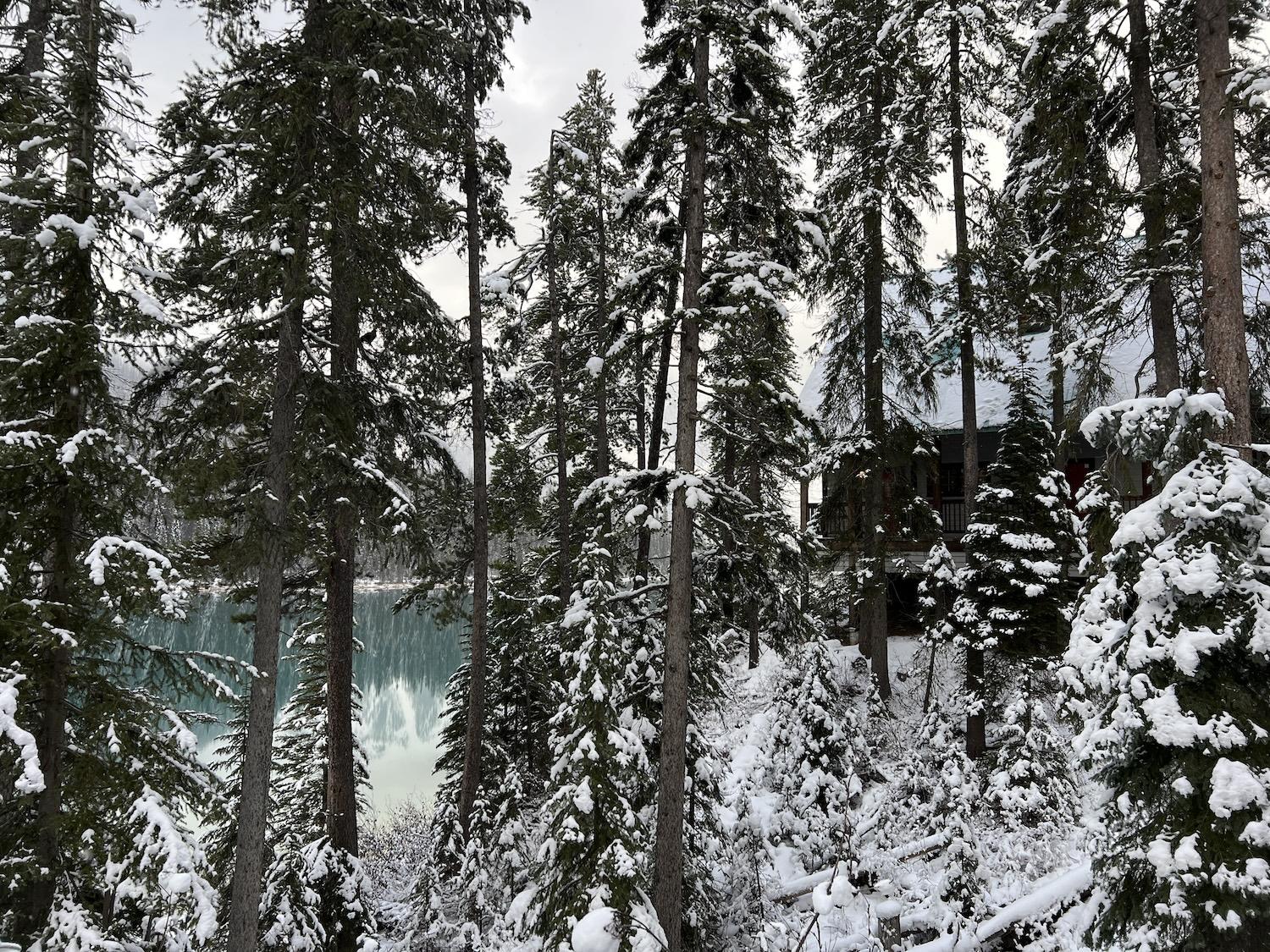
Emerald Lake Lodge's cabins are perched on the edge of Emerald Lake in Yoho National Park/Jennifer Bain


